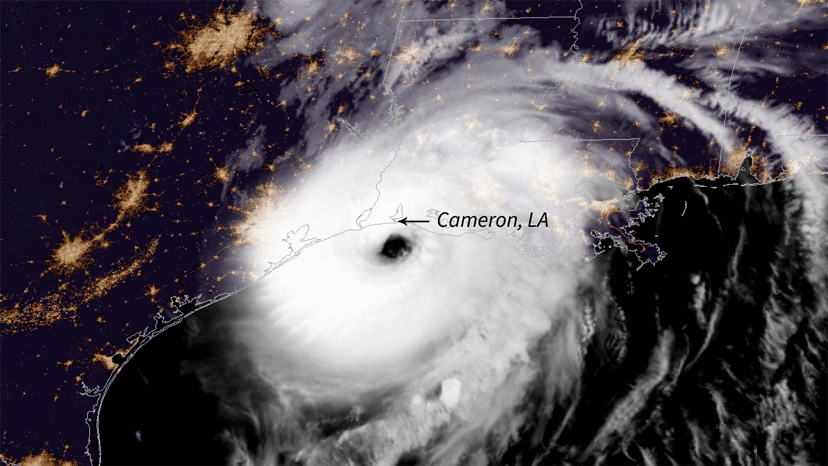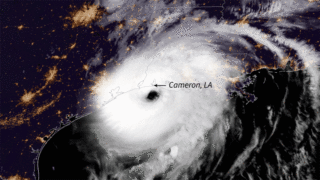
Scientists at NASA’s Jet Propulsion Laboratory have applied machine learning to predict when hurricanes will suddenly intensify, with potentially damaging and deadly results, with better accuracy than ever before, according to the institution.
For decades, meteorologists have tried to determine how to predict when hurricanes will suddenly strengthen.
Hurricane Patricia of 2015 in the Northeast Pacific Ocean, as an example, transformed from a Category 1 storm with wind speeds of 86 mph to a Category 5 hurricane swirling at 207 mph in less than 24 hours, JPL said in a written statement.
“Patricia wasn’t the first or the last hurricane to suddenly strengthen in such a short time, but it was a spectacular demonstration of a phenomenon that has plagued meteorological forecasts for decades,” the statement said. “Accurately predicting whether a hurricane will undergo rapid intensification — where wind speeds increase by 35 mph or more within 24 hours — is incredibly difficult.”
JPL researchers may have reached a breakthrough with their latest project, which applies machine learning to an experimental computer model that’s shown the ability to vastly improve accurate prediction of so-called “rapid-intensification events.”
Successfully forecasting a hurricane’s growth can provide people in its path extra warning to evacuate or prepare, JPL Atmospheric Scientist Hui Su explained. She co-authored a paper on the subject that appeared in the journal Geophysical Research Letters on Aug. 25.
“It’s an important forecast to get right because of the potential for harm to people and property,” she said.
The computer model makes use of a plethora of data points, including rainfall rate, ice water content, temperatures and more.
“There are so many variables inside a hurricane, and they interact in such complex ways that many current computer models have trouble accurately depicting the inner workings of these storms,” according to the JPL statement. “Machine learning, however, is better able to analyze these complex internal dynamics and identify which properties could drive a sudden jump in hurricane intensity.”
The team made use of the computing power of IBM’s Watson Studio to create the model.
After comparing their model with years worth of data from past hurricanes, “For hurricanes whose winds increased by at least 35 mph within 24 hours, the researchers’ model had a 60 percent higher probability of detecting the rapid-intensification event compared to the current operational forecast model,” the JPL statement said. “But for those hurricanes with winds that jumped by at least 40 mph within 24 hours, the new model outperformed the operational one at detecting these events by 200 percent.”
The researchers, along with partners at the National Hurricane Center, are already testing the model on new storms to gauge how well it predicts hurricane growth.
“In the future, they plan to sift through satellite data to find additional hurricane characteristics that could improve their machine learning model,” the statement said.














 0 comments
0 comments


